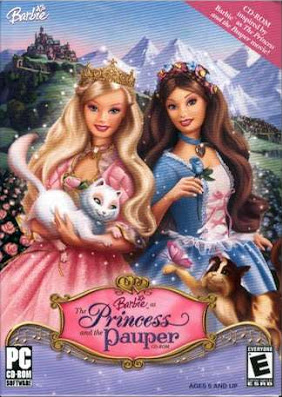
For my sons, their sister’s pink handbags become holders for their toy cars and mobile phones. At home, siblings of different sexes can access each other’s toys. Nor does it fully account for the influence different settings might have on how children interact with toys and each other.īoys in childcare who don’t like playing “boys games” may find ready playmates in girls if they express an interest in dolls. This argument doesn’t consider how girls who play with Barbie might do so in unexpected ways, like hacking off her hair and putting her in the letterbox.

Likewise, girls won’t look at games in the boys’ aisle. That is, boys won’t choose to play with a Barbie because it is branded as an object for girls.
Barbie games for kid how to#
The campaign group Play Unlimited makes the point that even before children can choose how to play with toys they are discouraged from selecting particular toys according to the way they are packaged. Gender theorists, such as the recently retired Australian sociologist Raewyn Connell, have advocated thinking about gender in similar ways - as a fluid and changeable, rather than rigid, concept. It’s interesting to reflect on the fact that Barbie’s body is made of plastic – a material that is endlessly malleable and holds the potential to be molded into virtually any form. Just because a manufacturer might intend for a doll like Barbie to be used in a certain way, that doesn’t mean kids will necessarily stick to the script. Queer and feminist thinkers have argued that these kinds of unconventional play are examples of how children might disturb the “gender scripts” that they are expected to act out through their toys. In my household, Barbie is likely to be found head-down in the sandpit part of some weird assemblage involving plastic spades, leaves and a waterlogged sock.Īs a young girl, my best friend would take great pleasure in grinding down Barbie’s breasts against the concrete in her driveway.

Instead of simply dismissing her as a bad role model for girls, myself and other researchers have suggested children can play with her in ways that don’t conform to gender expectations.


 0 kommentar(er)
0 kommentar(er)
